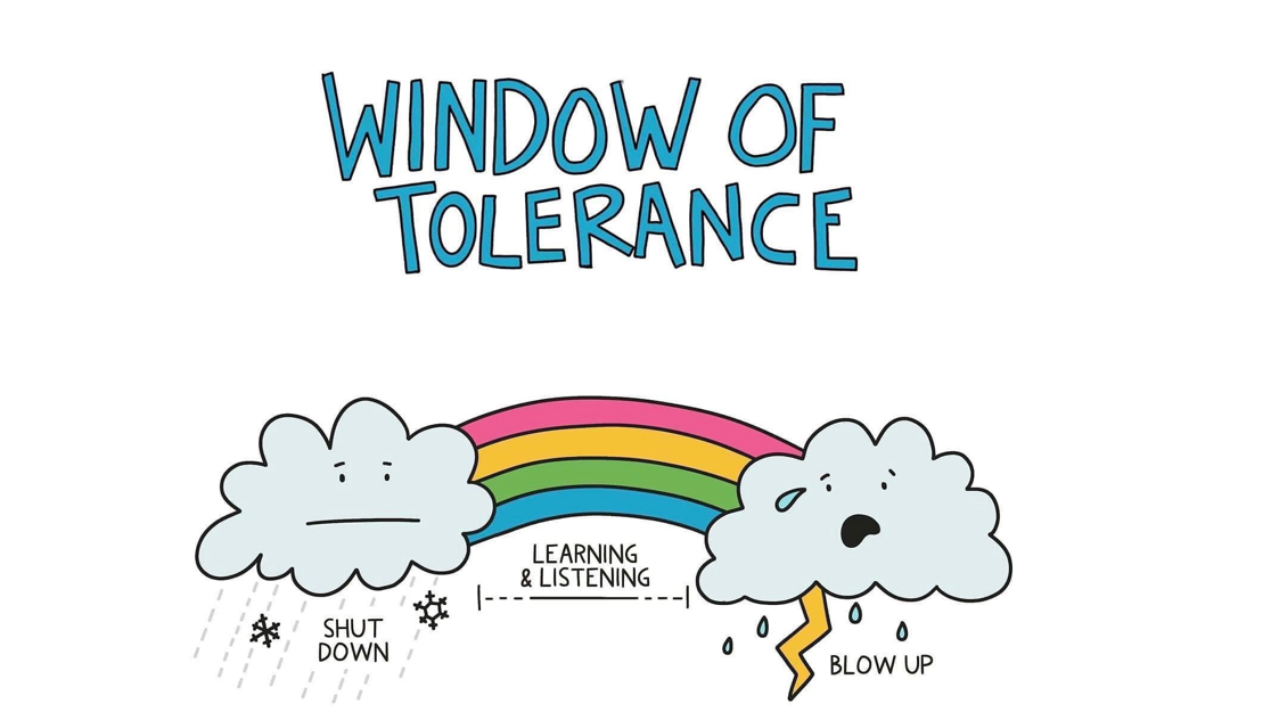
Understanding the Window Of Tolerance
Jul 28, 2022The Window of Tolerance is a term used to describe a state of mind when someone is able to receive and respond to information clearly. If you’ve ever heard the phrase “step out of your comfort zone” or something similar—this is directly referring to this balance between being calm and feeling anxious. Everyone tolerates stress in different ways because everyone has a reaction that is unique to themselves.
People who are on the Autism spectrum or who have anxiety or PTSD usually have shorter and more unpredictable reactions to stress. There are also some environmental factors (lack of support, poor sleep, a change of routine, or substance abuse) that can cause your young adult to feel overwhelmed quickly.
Understanding your young adult’s ability to react to changes in their environment will help you support their journey forward and help them manage the challenges that come with anxiety, panic disorder, agoraphobia, PTSD, or Autism.
Anxiety can cause the nervous system to activate a “fight, flight, or freeze” response. By finding a happy balance between feeling calm and feeling anxious, your young adult will be able to listen and think rationally. Outside this happy balance, it is nearly impossible to manage thoughts and emotions.
Finding The Balance Between Calm and Anxiety
The first step in managing a happy balance between calmness and anxiety is to be aware of the symptoms of hyper- and hypo-arousal so that you can understand what is not within your young adult’s Window of Tolerance.
Symptoms of hyper-arousal (a burst of adrenaline that causes anxiety):
- Angry or irrational outbursts
- Having intense, irrational, or paralyzing fear
- Feeling overwhelmed
- Heightened panic or anxiety
- Tight or tense muscles
- Feeling or acting like a “deer in the headlights”
Symptoms of hypo-arousal (unmotivated or lethargic):
- Depression
- Feeling “numb” or “empty”
- Unable to focus or concentrate
- Inability to speak and sometimes an inability to move
- Feeling dissociated from reality
Widening Your Window of Tolerance
Anyone can increase their ability to stay calm by using re-regulating techniques when experiencing the symptoms of anxiety. Re-regulation techniques include body-based approaches like Tre™, and exposure-based strategies like cognitive behavioral therapy. The best way you can support your young adult is to reduce the shame they might feel from being easily deregulated. This will help your young adult increase their self-confidence, build resilience, and ultimately help them pursue their ability to move forward. The path to independence for your young adult depends on helping them with strategies to tolerate discomfort and distress by:
- Prioritizing self-care
- Managing stress
- Learning how to use Tre™ as a body-based approach to reregulating
- Know what to do in times of panic
Join our weekly newsletter for new and exclusive content on helping your young adult pave a new path forward!

